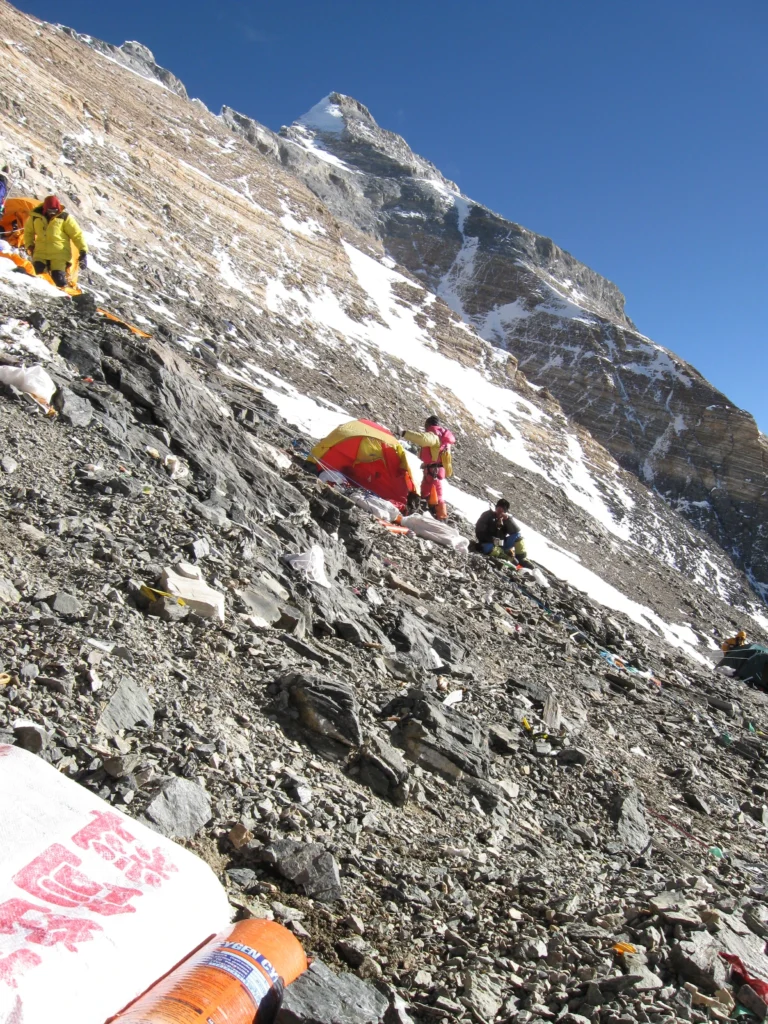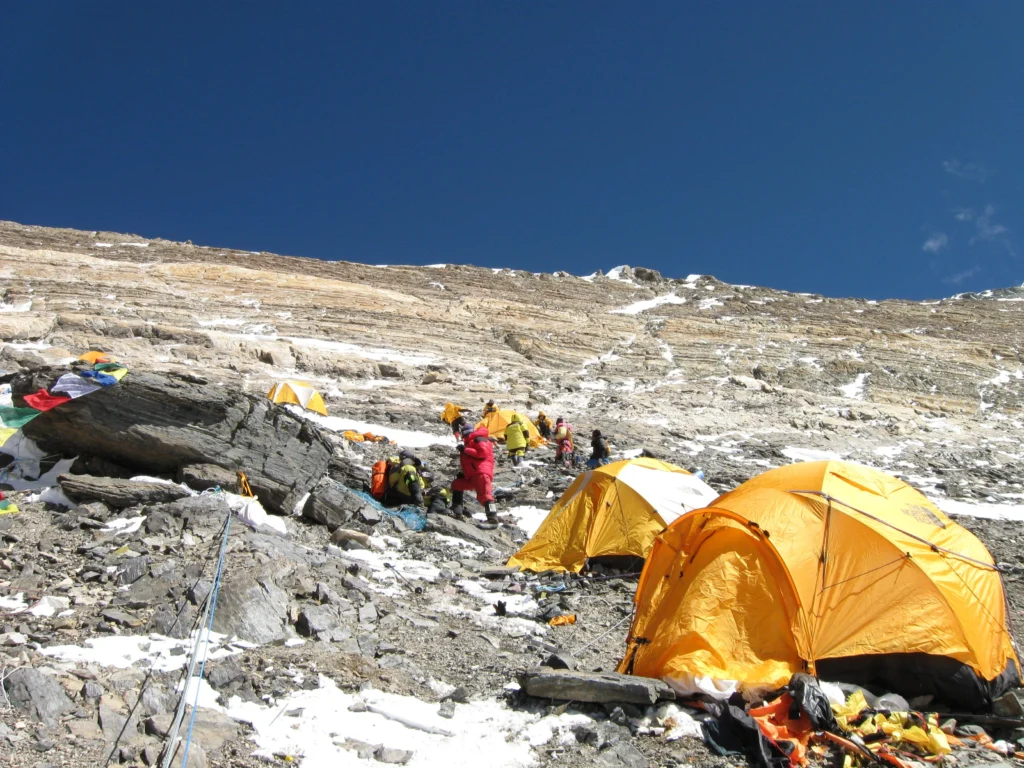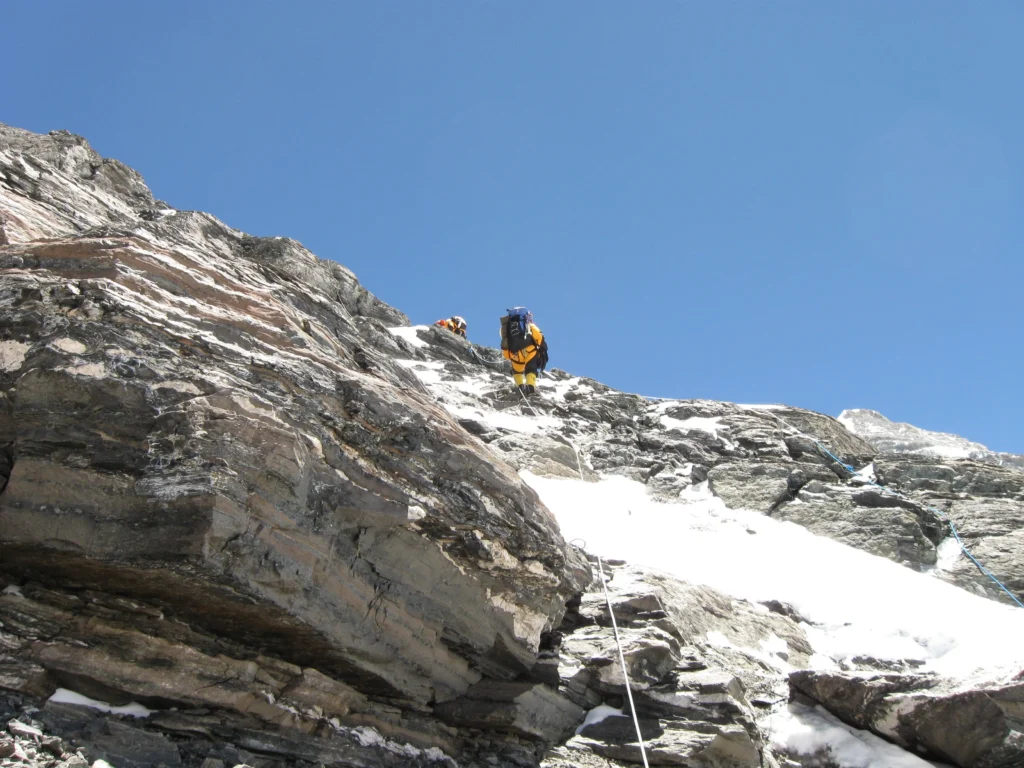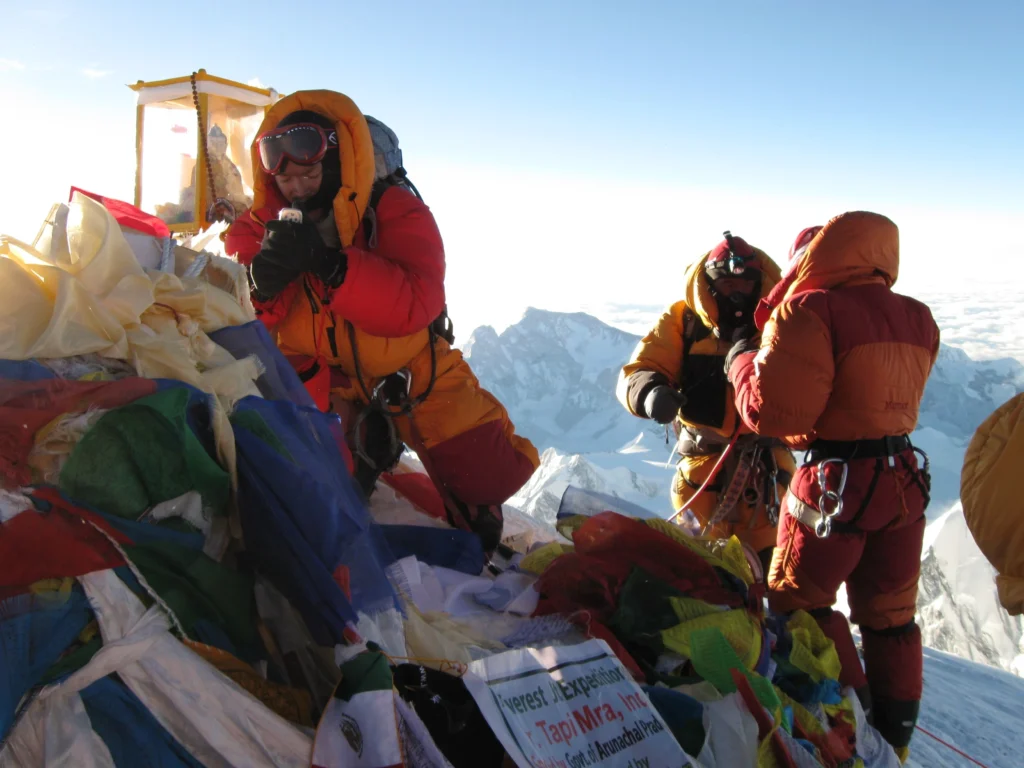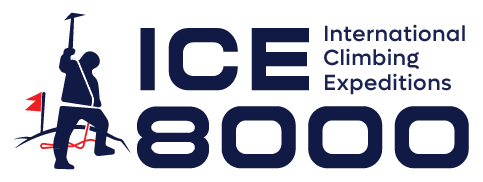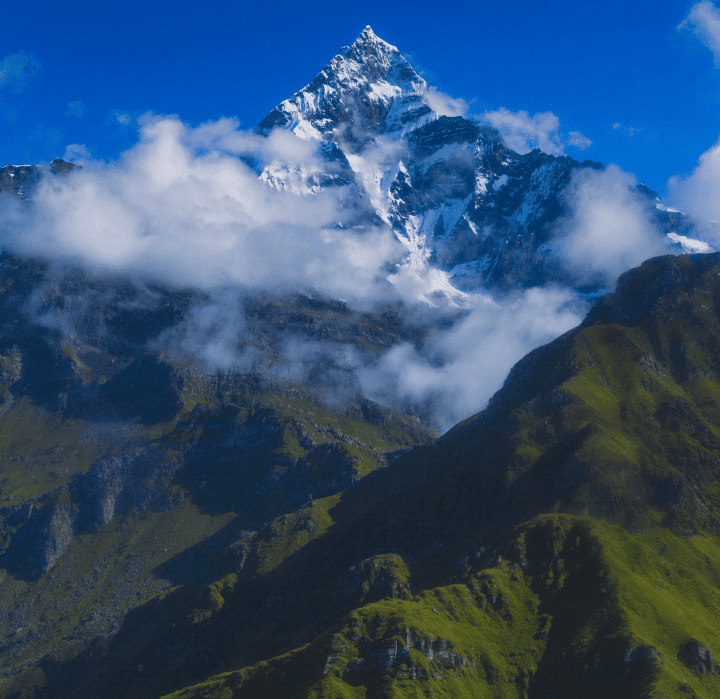Soaring at 8,848 meters (29,029 feet), Mount Everest stands as the world’s highest peak. On May 29, 1953, Sir Edmund Hillary and the late Tenzing Norgay Sherpa etched their names in history by becoming the first to summit Sagarmatha.
While on this expedition, we will trace the footsteps of these pioneers, following the iconic route that leads to Everest’s majestic peak.
Our journey commences with a scenic flight into Lukla, from where we trek through the enchanting Namche Bazaar, ultimately reaching the renowned Everest Basecamp at 5,400 meters (17,117 feet).
Himalayan Guides, with a legacy spanning over two decades in this region, boasts an exceptional safety and success record on the mountain.
Our experienced and energetic staff is dedicated to ensuring your safe return, making this expedition not just an adventure but a secure and memorable experience.
Basecamp Overview: 17,717ft (5400m)
Nestled on the northern edge of the Khumbu glacier at 18,000ft, Everest Base Camp serves as our home throughout the expedition, spanning approximately 60 days.
A vibrant hub, the basecamp bustles with climbers, ground staff, sherpas, porters, and yaks. Amidst this lively atmosphere, you’ll engage in climbing technique reviews, practice rescue procedures, and conduct thorough equipment checks.
Before embarking on rotations to higher camps, a Puja ceremony adds a touch of spiritual reverence as we seek safe passage from the mountain.
Camp I Exploration: 19,500ft (5943m)
Following initial acclimatization at Base Camp, our journey takes us across crevasses, seracs, and ice blocks on the Khumbu Glacier.
Negotiating fixed ropes and, at times, traversing aluminum ladders, we ascend towards the higher camps for rotations and the ultimate summit push.
Camp 1 welcomes us with a flat expanse of endless snow, interspersed with deep crevasses. The relentless sun casts an intense glow during the day, creating an environment where temperatures can soar.
Camp II: 22,147ft (6,750m)
Camp II sits right at the bottom of Mount Lhotse. We’ve got a proper setup here, complete with big kitchen and dining tents.
Since we use this camp as a base for Camp III and higher, it’s like a halfway home, with a special team of staff just for Camp II.
Camp III: 23,950ft (7,300m)
Picture Camp III on the steep slopes of Mount Lhotse—it’s like climbing a really steep hill! We’ll spend two nights here before the big summit push.
And guess what? We’ve got fixed lines to help us, especially on the extra steep parts like the Yellow Band. Oh, and we recommend using oxygen above Camp III.
Camp IV: 26,000ft (8,000m)
Camp IV is like our last stop before reaching the tippy-top. It’s located at the South Col, a windy spot between Mount Everest and Mount Lhotse.
We only set up tents when we get here because the wind can be pretty strong. It’s a good idea to sleep with a bit of oxygen at a low flow here. From Camp IV, it’s onwards to the tippy-top, and then back down again!
